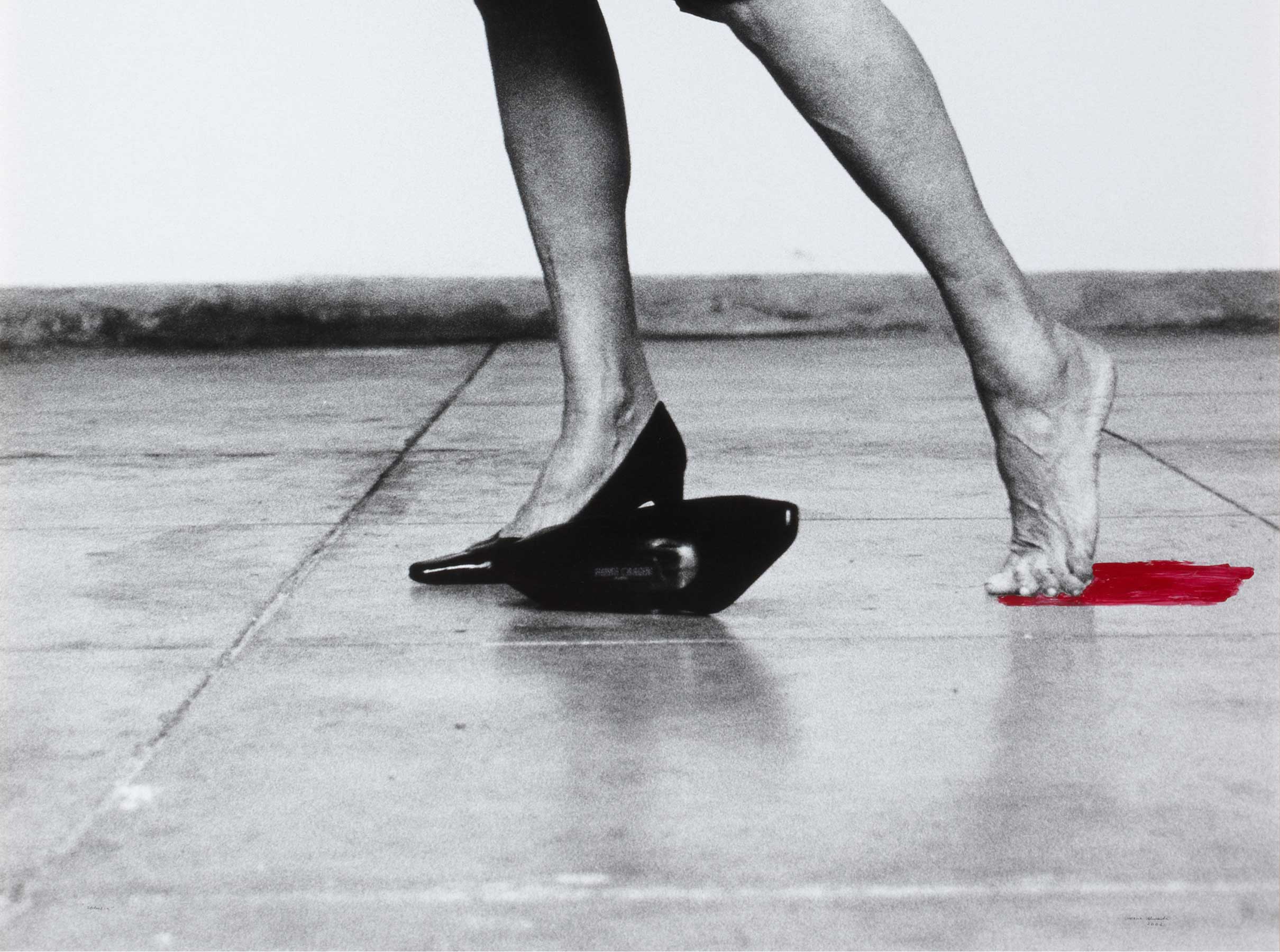Reloj cuadro o reloj encuadrado [Frame clock]
- c. 1860
- Wood, lemonwood, enamel. Carved, cast, enamelled
- 60 x 60 x 13 cm
- Cat. R_6
- Acquired in 1975
- Observations: Reign of Isabella II
The frame clock became popular at the end of the nineteenth century. The successor of the cartel model that emerged in the seventeenth century, its low price meant it was affordable for all social classes.
The square wooden frame is worked in marquetry. There are lemonwood decorations of fine plant motifs, arranged in perfect symmetry. The area housing the dial and movement is separated from the frame by a gilt moulding. The corners of this inner square are also decorated with marquetry plant motifs. Circular aperture surrounding the clock dial.
The dial is in white enamel showing the hours in Roman numerals and minute segments, all coloured black. Blued hands. Two winding holes.
Originally, this clock would have had a French pendule de Paris movement.
A clock similar to this one is listed in the inventories of the Banco de España building.
A frame clock consists of a metal or white enamelled dial set in a wooden frame protected by a glazed door. An aperture in the wooden frame can be opened to control the running mechanism. Until 1840 the cases were classical in design, but after that date rococo features began to appear.
Other works by Anonymous

![Reloj cuadro o reloj encuadrado [Frame clock]](/f/webca/INF/assets/img/fff.png)